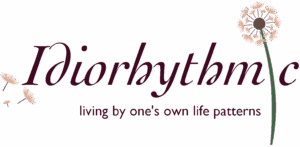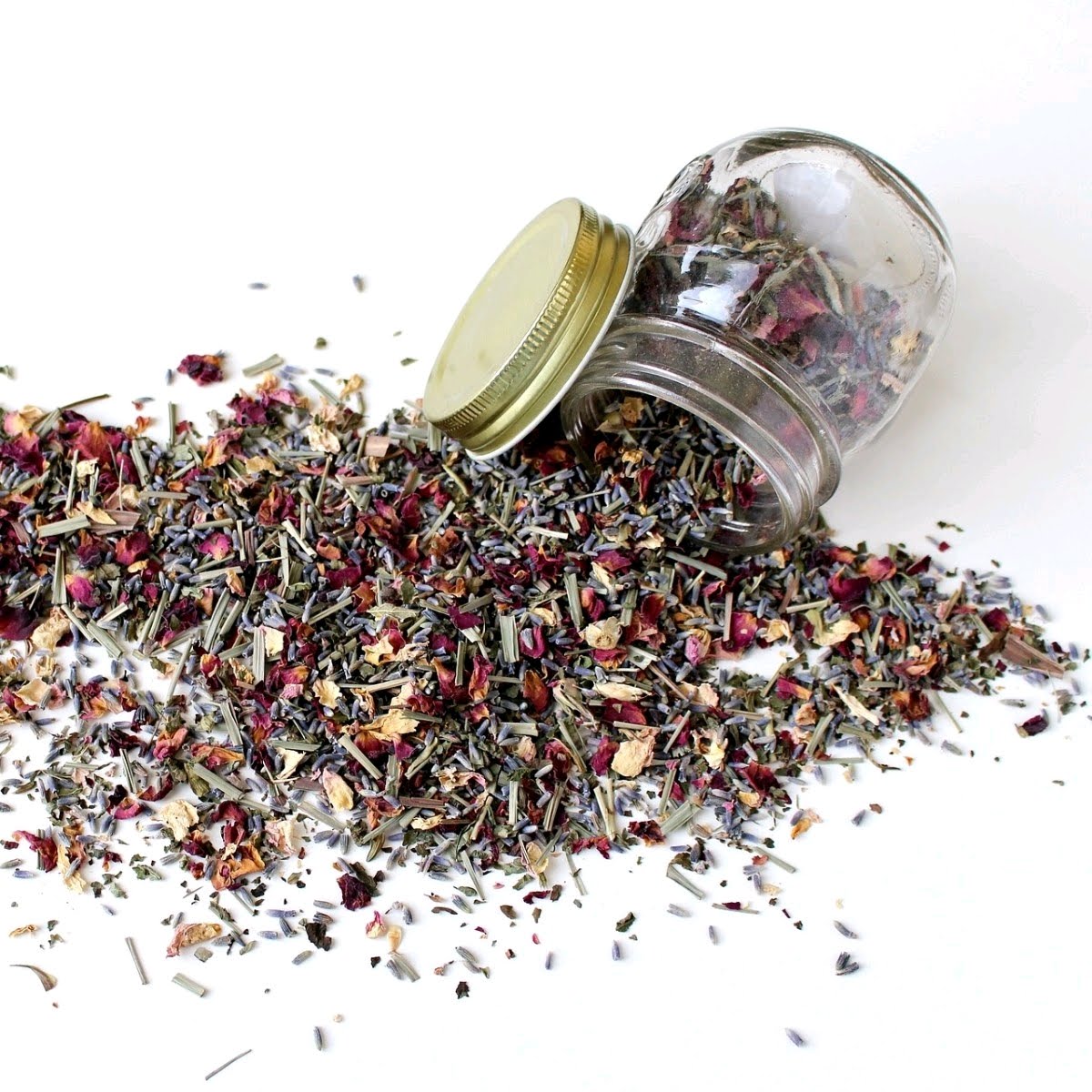There’s a Tumblr post that makes it’s way around the internet about the folk names of various plants. It points out the fact that “eye of newt” is the folk name for wild mustard seed or that “bat’s wing” actually refers to the holly leaf. As a hedgewitch, I love this kind of information because I can then get fanciful with labelling my herbs. Chamomile gets labeled “Blood of Hestia”. The dried dandelion leaf is “Priest’s Crown”. You can find a comprehensive list of plants and their folk names over at Tryskelion.
What is interesting to me is that oftentimes the folk names of plants that might sound weird at first make sense once you think about them. Returning to bat’s wing, the shape of the holly leaf makes clear why people would refer to it as such. And the folk name often marks out those plants that have magickal uses. Take for example the following plants and their folk names:
- Foxglove = Witch Bells
- Mugwort = Witch Herb
- Dodder = Witch’s Hair
- Datura = Witch’s Thimble
- Rowan = Witchbane
All five have a long and storied history of folklore and magick. Each can be used in various ways in spellwork, to enhance a witch’s psychic powers, in protection and in divination.
Foxglove
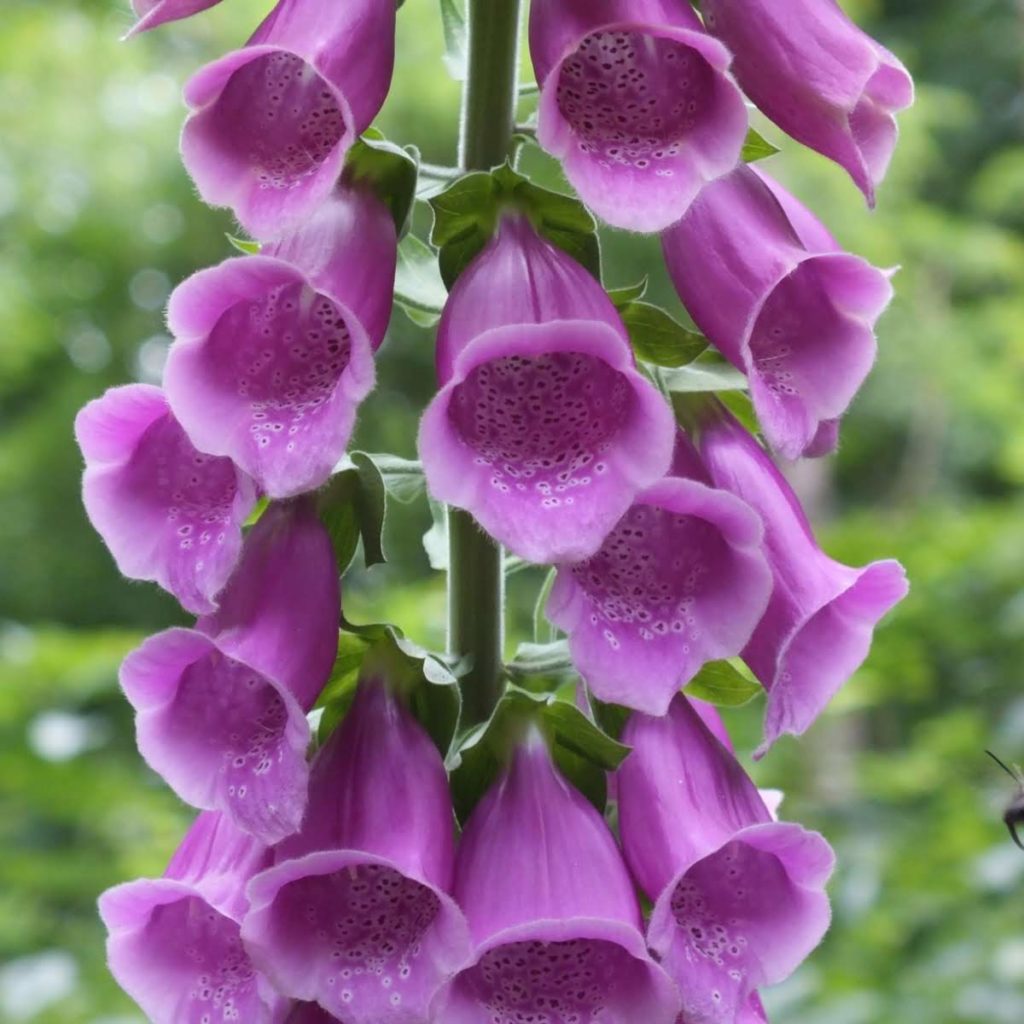
Foxglove has a long history of being associated w/ the fairies, as indicated by some of its other folk names (such as Fairy Fingers and Fairy Thimbles). Dew collected from it can be used to either communicate with fairies or to break their enchantments. It is also a powerful protective plant; especially effective in preventing evil from entering the house.
These two associations make it clear why it gained a “witch” epithet. At a time when witches were viewed both as helpful and baneful, seen as people who dealt with otherworldly spirits and powers, witches were set apart from society, both feared and revered. Foxglove then would absolutely be linked to witches.
Foxglove can be grown around the house to provide protection and as an aid to developing a relationship with local fae spirits. Collect dew from the flowers on Midsummer/Litha, for fairy spell work.
Take care when working with foxglove as it is poisonous and should not be ingested.
Mugwort
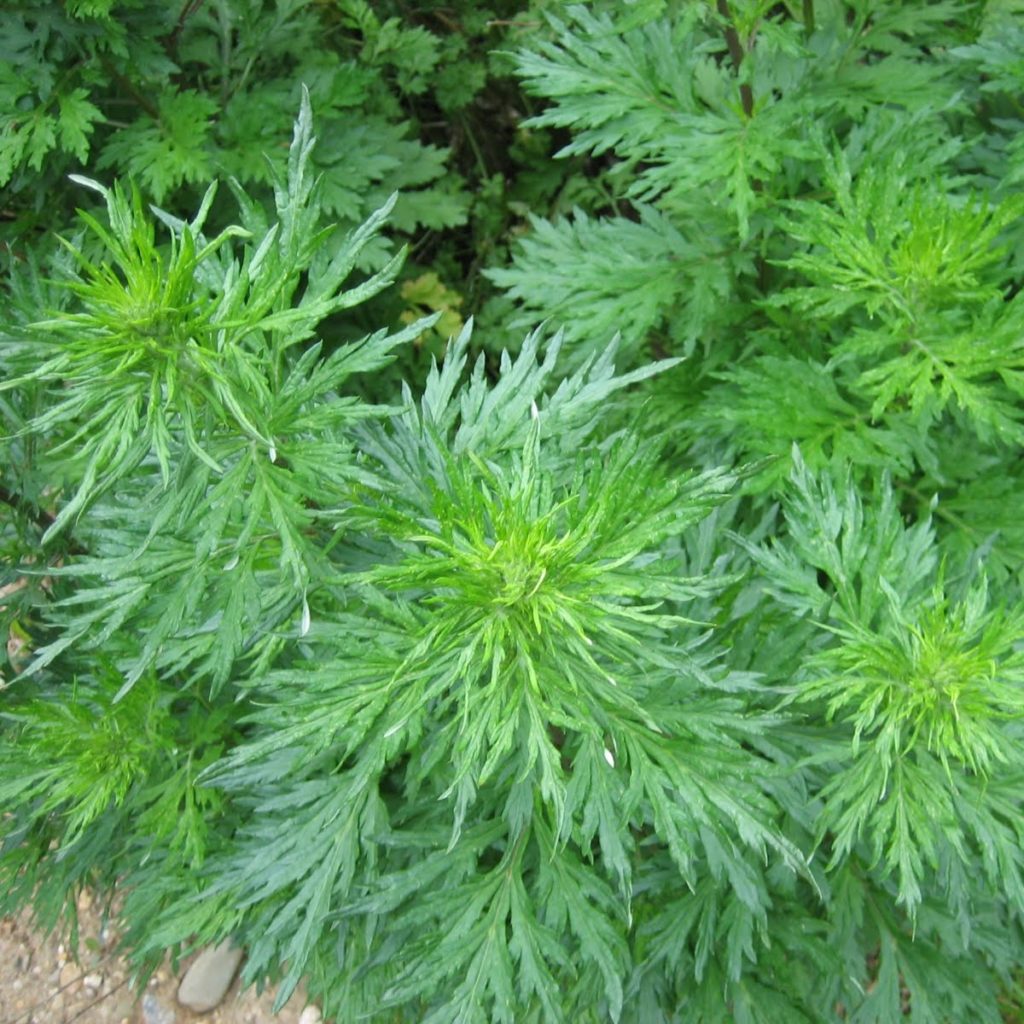
Mugwort is associated, magically, with childbirth, both through its use as a magick charm to aid in difficult labor and through its association with Artemis, who aids women in labor. In fact one of its other folk names is “Artemis Herb.” As many early witches were either midwives labeled as magick practitioners, or witches who also practiced as doulas, the link between the herb and witches makes sense.
However, Mugwort is better known as a plant used in prophecy work, astral projection, and divination. The dried flowers are used in dream pillows to encourage prophetic dreams, Incense and washes are made from it to cleanse divination tools. It is also used in flying ointments used by witches for journeying.
Mugwort can be grown in containers or pots and all parts of it can be used in your magickal practice. It can also be used as a seasoning or made as a tea.
In keeping with the dual nature of plants associated with witchcraft, mugwort should not be consumed by anyone pregnant (as it can cause uterine cramping) or those nursing (as it can be found in the milk).
Dodder
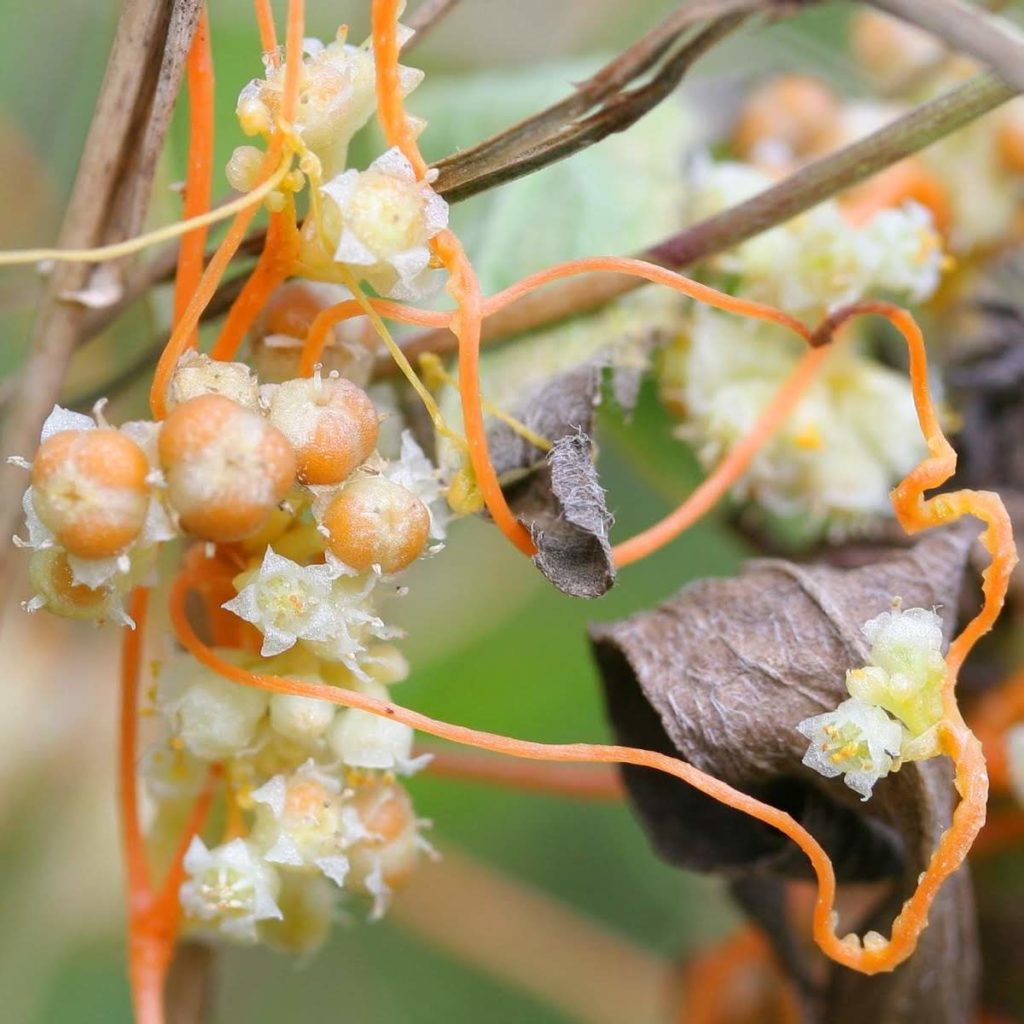
Dodder is a flowering vine that attaches to a host plant and from which it siphons off the nutrients it needs to survive.
It’s viney nature lends it to knot magick, where you tie the spell’s energy up and then loosen the knot later to release the spell. Because of dodder’s vampiric nature it can be used in spells against harmful, malicious energies, thought patterns or habits. Mental health issues such as depression, anxiety or eating disorders could be addressed magically by binding illness you suffer from in knots tied in Dodder vines. This spellwork would be done in conjunction with, not as a replacement for, therapy and medication.
Dodder’s other folk name of “love vine” indicates that its parasitic nature was viewed as a lover’s embrace. And while there is folk magick that utilizes the plant for love divination, I see this as making the vine more suitable for addressing issues of unhealthy relationships. One could burn a knotted dodder vine in spellwork to break emotional attachment to an abusive partner.
Dodder’s other names like Hellweed reflect the agricultural view of the plant as a nuisance. If you decide to grow it, you might consider using a container to limit spread.
Datura
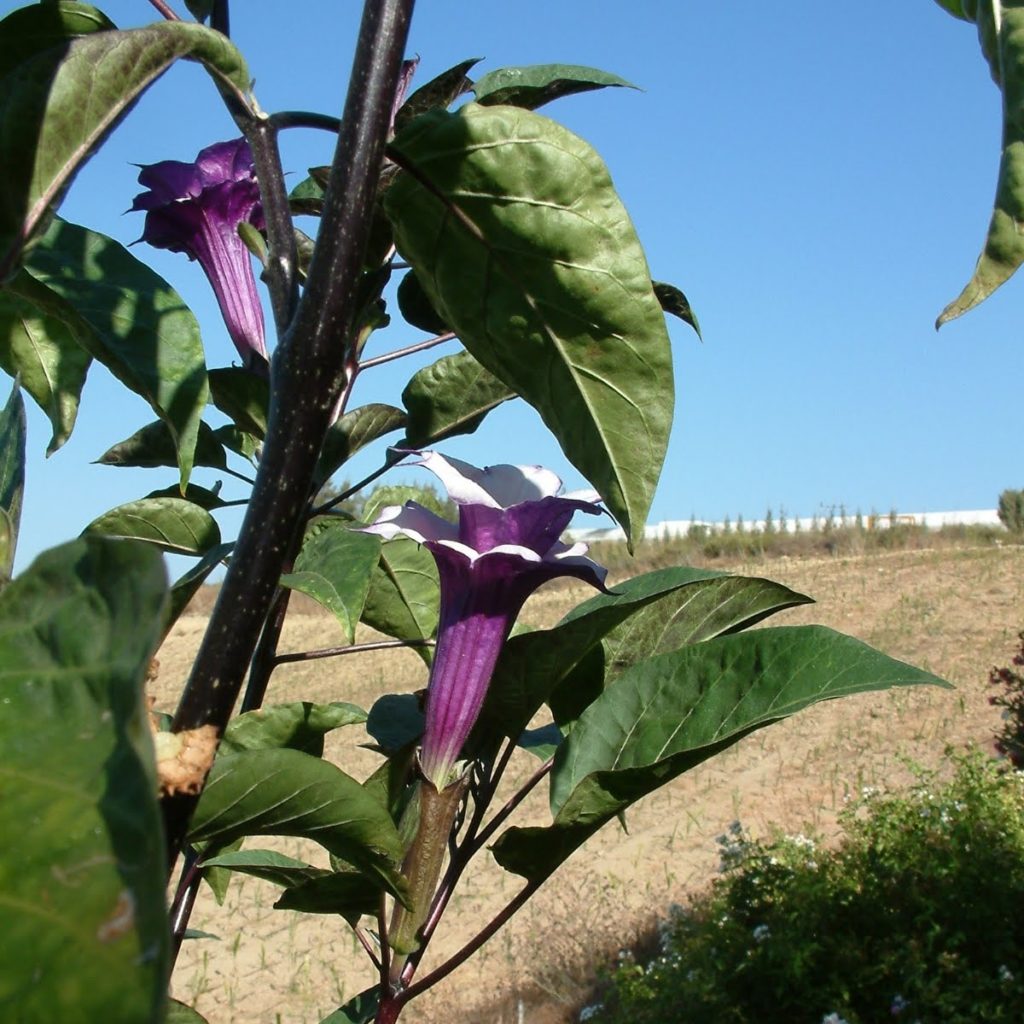
Every aspect of Datura, from its names to its associations, advertise it as a witchy plant.
A member of the nightshade family, datura is often a main ingredient in flying ointments. Ingesting Datura can induce delirium, which is most likely why it has been used in ceremonies and spell work involving visions and working with spirits. Seeds can be added to sleep pillows to enhance astral projection.
It’s other folk names, such as “sorcerer’s herb” underscore Datura’s use in magick. It is considered so potent that it doesn’t need to be ingested to aid in astral travel, prophetic work, etc. Just having the plant nearby when working your spells will allow you to tap into its energies.
Spiritually Datura is associated with Hecate, the goddess of witches. The flowers can be used as altar decorations or as offerings to Hecate and other underworld deities.
It can become invasive, so it is best to grow datura in containers. It is also poisonous and should not be ingested.
Rowan

Rowan is associated with the Celtic goddess Brigid, Imbolc, and is the second mouth of the Celtic calendar which runs from January 21 to February 17. In Scotland the rowan tree is considered sacred and it taboo to cut it for anything other than magickal work.
The best known magickal use of rowan might be the hanging of it over the door as a protective charm. Its other folk names “witchen” and “witchwood” along with the “witchbane” epithet tells us who rowan protects one from.
As a witch who both heals and hexes, I see the protective properties of rowan as aligned against harmful or malicious magic rather than a general-purpose protection. Much of the folklore surrounding rowan came from a time when misfortune, illness and bad luck was believed to have a magickal source. As such, rowan can be used in protective charms against hexing or the evil eye.
Rowan wood is also useful in making magickal tools such as dowsing rods and wands. Incense or a wash made of the wood can be used to protect your altar and magical tools as well. Stakes of rowan can be driven into the ground around a circle to protect your spell work from magickal interference. You can also carry a twig of rowan to protect yourself from being targeted by magick when you are travelling.
